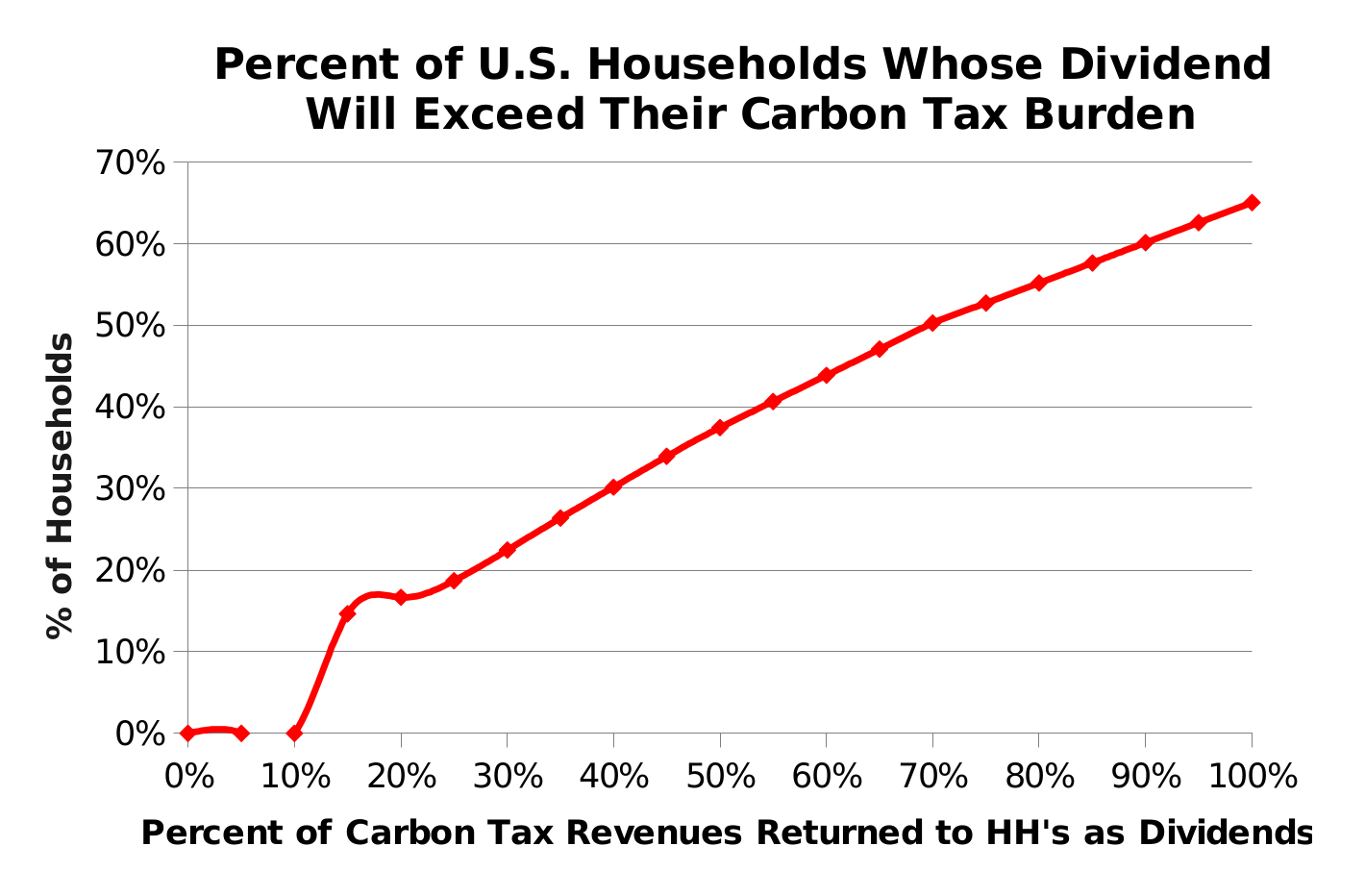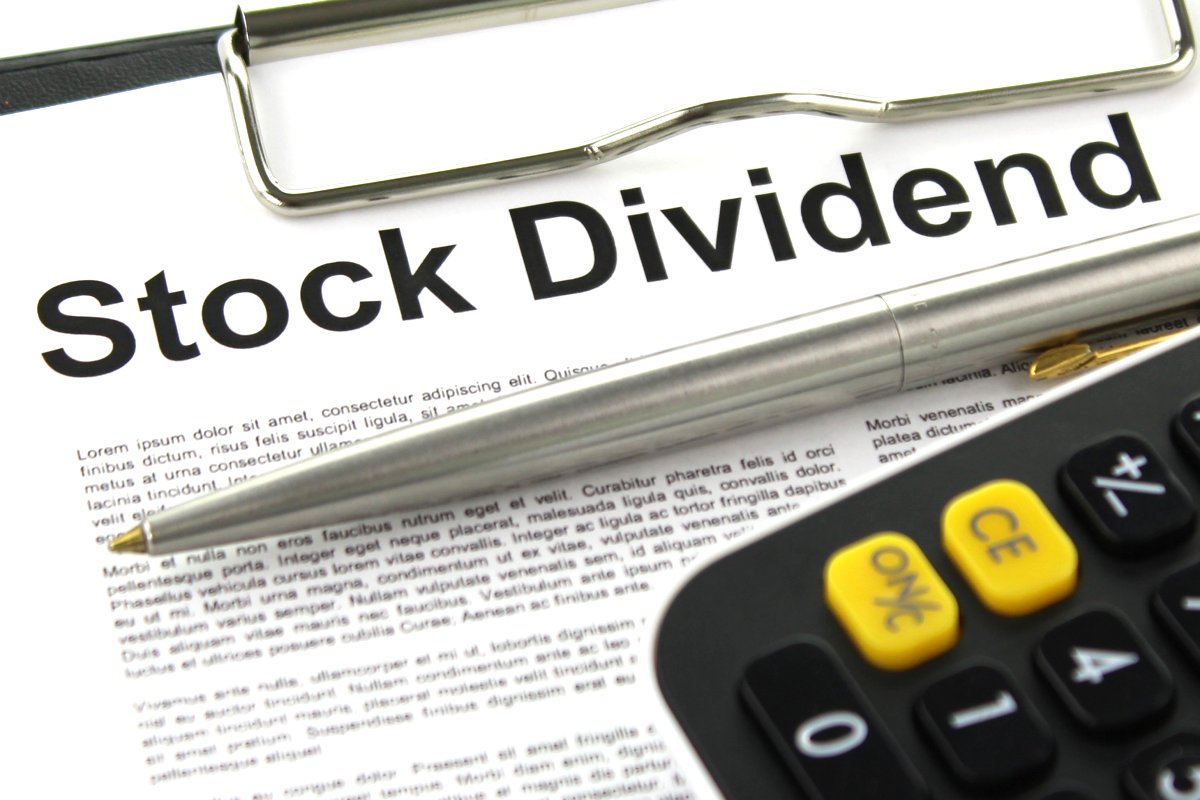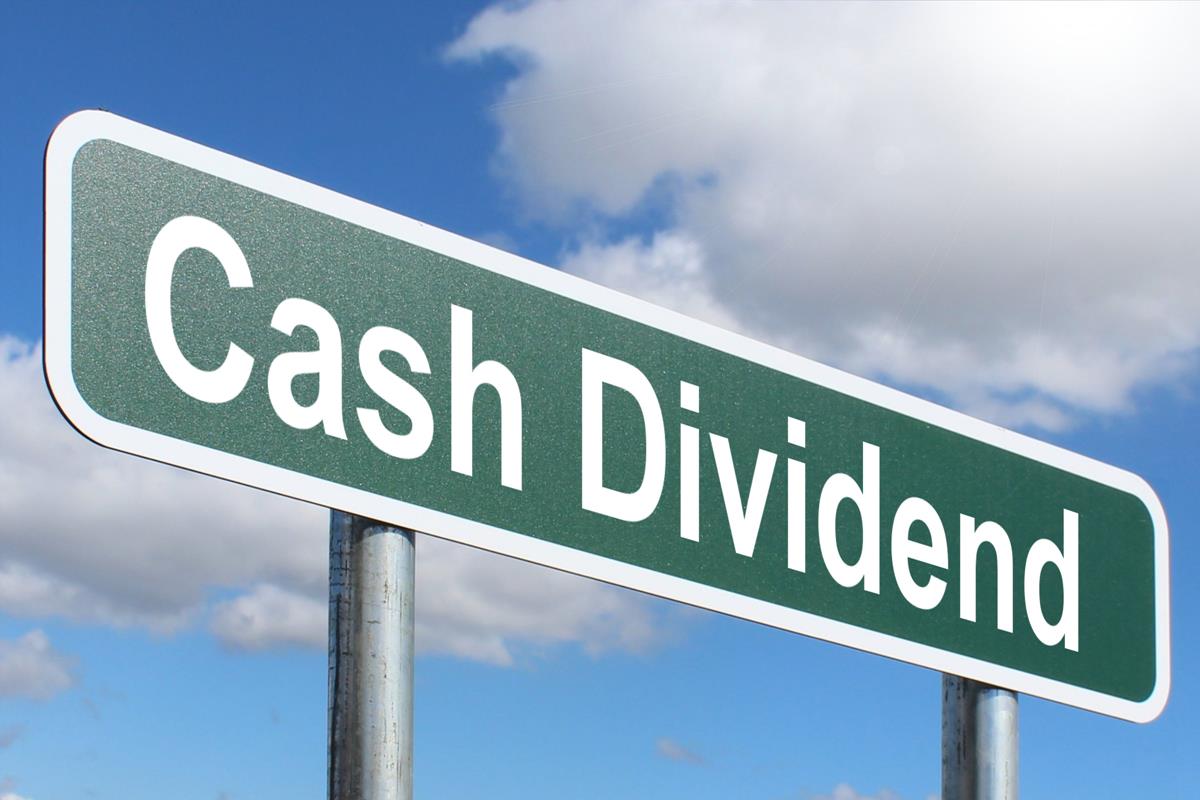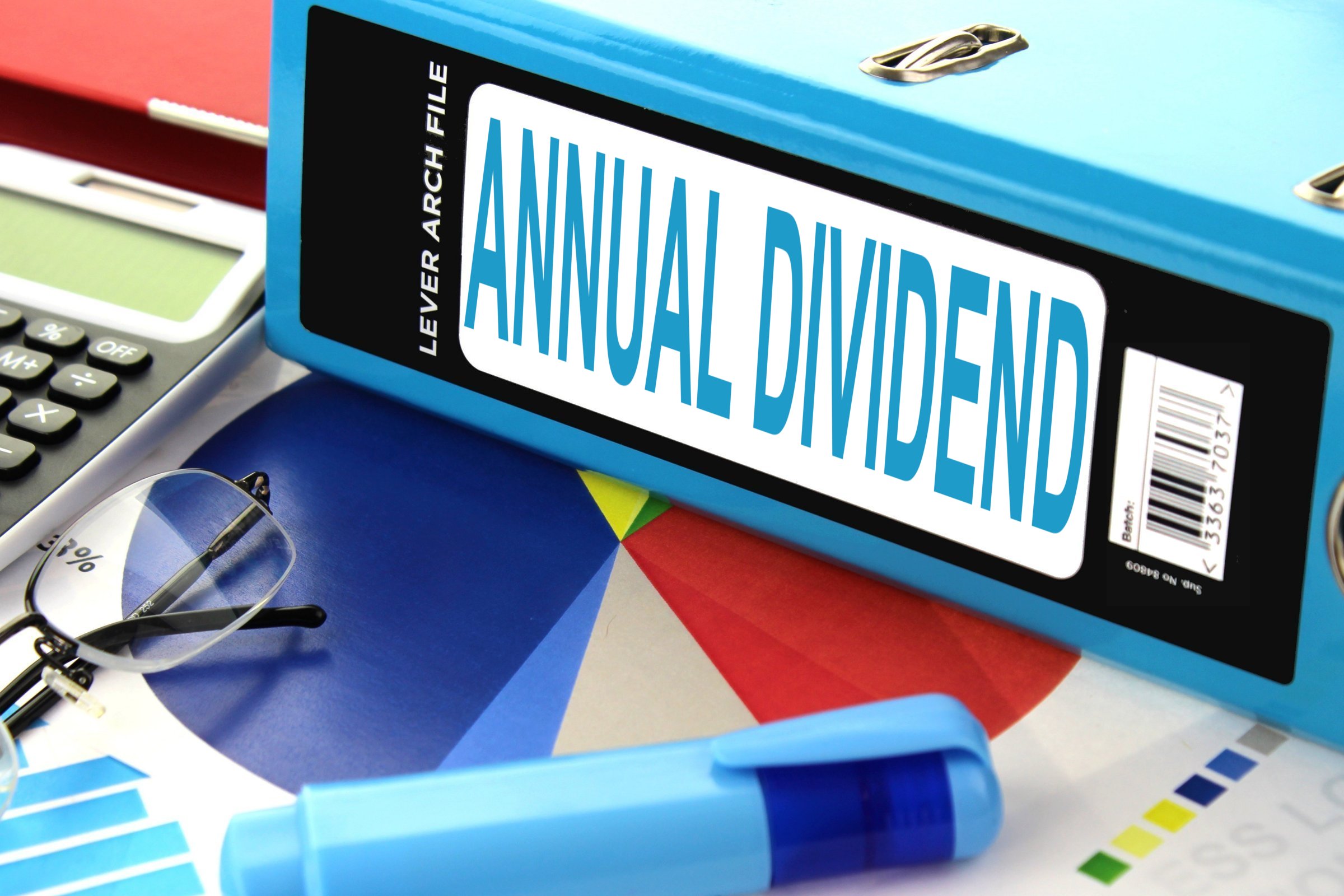Investing in the stock market can be a volatile and unpredictable endeavor. However, there are investment opportunities that offer stability and consistent returns, such as Closed-End Funds (CEFs). Among the various types of CEFs available, monthly dividend CEFs stand out as an attractive option for investors seeking regular income.
In this article, we will explore what monthly dividend CEFs are, how they work, and why investors should consider them. We will also discuss the key factors to consider before investing in these funds, the associated risks, and strategies for selecting the right monthly dividend CEFs.
Finally, we will delve into real-life case studies that demonstrate the success of investing in these funds. By the end of this article, you will have a comprehensive understanding of monthly dividend CEFs and be equipped to make informed investment decisions.
What are Monthly Dividend CEFs?
Monthly Dividend CEFs, or Closed-End Funds, are investment vehicles that provide investors with regular income on a monthly basis. Unlike traditional mutual funds or ETFs, which distribute dividends quarterly or annually, these funds offer a consistent cash flow every month.
CEFs have a fixed number of shares available for trading on stock exchanges. They invest in various asset classes like stocks, bonds, or REITs to generate regular income for investors. This makes them appealing for retirees and those seeking steady cash flow.
Investing in monthly dividend CEFs comes with several benefits. Firstly, they provide reliable income streams without the need to wait for longer intervals. Additionally, these funds often offer higher yields compared to other investment options and provide diversification benefits by investing in different assets.
In summary, monthly dividend CEFs offer investors the opportunity to receive monthly income and enjoy higher yields while providing diversification benefits. They are an attractive option for those seeking consistent income and looking to enhance their investment portfolios.
How Do Monthly Dividend CEFs Work?
Monthly dividend closed-end funds (CEFs) operate similarly to traditional closed-end funds, raising capital through an initial public offering (IPO) and investing that capital in various securities based on their stated investment objectives. These funds offer investors the opportunity to receive regular monthly income through dividends.
The structure and operation of monthly dividend CEFs are straightforward. Once the fund raises capital through its IPO, it uses that money to invest in a diversified portfolio of securities.
The investment strategies employed by these funds can vary widely depending on their objectives and may include fixed-income securities such as bonds or equity investments for growth potential.
Investors should select a monthly dividend CEF that aligns with their investment goals and risk tolerance. Some funds focus on generating income through fixed-income securities, targeting higher yields from bonds. Others may prioritize growth opportunities by investing in equities.
It is essential to carefully evaluate each fund’s strategy and performance before making an investment decision.
Several popular monthly dividend CEFs have gained recognition for consistently generating income and delivering solid performance. For example, the PIMCO High Income Fund (PHK) focuses on high-yield bonds, providing investors with attractive income potential.
On the other hand, the Nuveen AMT-Free Municipal Credit Income Fund (NVG) specializes in municipal bonds, offering tax advantages while still providing regular monthly dividends.
Investing in monthly dividend CEFs can be a way to receive consistent income while diversifying one’s portfolio across various asset classes. By understanding how these funds work and selecting those that align with individual investment goals, investors can potentially benefit from both regular income and long-term growth opportunities.
Why Investors Should Consider Monthly Dividend CEFs
Investors should consider monthly dividend Closed-End Funds (CEFs) for three key reasons. Firstly, these funds provide regular income, distributing dividends on a monthly basis to supplement earnings or retirement income.
Secondly, they offer the potential for higher yields compared to other options like savings accounts or government bonds due to their investment strategies. Lastly, monthly dividend CEFs provide diversification benefits by spreading investments across various assets and sectors, reducing overall portfolio risk.
With consistent cash flow, potential for greater returns, and risk management, monthly dividend CEFs are an attractive choice for investors seeking stable income and long-term growth potential.
Key Factors to Consider Before Investing in Monthly Dividend CEFs
Before investing in monthly dividend closed-end funds (CEFs), it is important to consider a few key factors.
Firstly, understand the fund’s investment objectives and strategies by reviewing its prospectus and annual reports. This will help determine if the fund aligns with your investment goals.
Secondly, evaluate the fund’s historical performance and track record, looking at factors such as total return and distribution history. This can provide insights into its ability to deliver consistent returns over time.
Lastly, assess the fund’s expense ratio, management fees, and any additional costs associated with buying or selling shares. Lower expenses generally mean more of your money is invested rather than spent on fees.
Considering these factors will help you make informed decisions when investing in monthly dividend CEFs and increase your chances of achieving your financial goals.
Risks Associated with Monthly Dividend CEFs
Investing in monthly dividend closed-end funds (CEFs) carries several risks that can impact their performance.
Market Risk and Volatility: Fluctuations in asset prices can lead to capital losses for investors.
Interest Rate Risk: Bond-heavy monthly dividend CEFs are susceptible to falling bond prices when interest rates rise, affecting fund performance.
Liquidity Risk: Limited shares and dependence on investor demand in the secondary market can make it difficult to sell holdings at favorable prices.
It’s important for investors to assess their risk tolerance and carefully consider these factors before investing in monthly dividend CEFs.
VI: Strategies for Selecting the Right Monthly Dividend CEFs
When it comes to selecting the right monthly dividend Closed-End Funds (CEFs), there are several key strategies that investors should consider. These strategies can help individuals align their investment goals and risk tolerance with the most suitable funds.
One crucial aspect is identifying funds that align with your investment goals and risk tolerance. This involves carefully evaluating various monthly dividend CEFs based on factors such as their investment strategy, asset allocation, and historical performance.
By assessing these factors, you can determine whether a particular fund is suitable for your portfolio.
Another important strategy involves analyzing a fund’s portfolio composition and asset allocation strategy. Understanding how a monthly dividend CEF’s portfolio is structured is crucial in assessing its diversification and risk exposure. By analyzing its asset allocation strategy, you can ensure it aligns with your own investment preferences.
Additionally, considering a fund’s distribution history and consistency is vital in selecting the right monthly dividend CEFs. Evaluating a fund’s distribution history provides insights into its ability to generate consistent income over time.
Ideally, you should look for funds that have maintained stable or growing distributions over an extended period.
In summary, when choosing monthly dividend CEFs, investors should consider strategies such as evaluating investment goals and risk tolerance, analyzing portfolio composition and asset allocation strategy, as well as assessing distribution history and consistency.
These strategies can help individuals make informed decisions that align with their investment objectives while minimizing risk exposure.
Case Study: Successful Investing with Monthly Dividend CEFs
Investing in monthly dividend closed-end funds (CEFs) can provide a consistent income stream for investors. By examining real-life examples and the strategies employed by successful investors, we can gain valuable insights into the potential benefits of these funds.
Case studies of successful investing with monthly dividend CEFs highlight specific strategies that have proven effective in generating consistent income. Thorough research is crucial, as it allows investors to make informed decisions based on factors such as historical performance, management team expertise, and expense ratios.
Diversifying investments across multiple monthly dividend CEFs helps mitigate risk and maximize returns. By spreading capital across various funds, investors can take advantage of different market conditions and sectors.
Successful investors also capitalize on market inefficiencies by identifying undervalued funds or taking advantage of discounts on shares. These opportunities can lead to greater long-term returns.
Analyzing the experiences of successful investors provides valuable lessons for individuals considering monthly dividend CEF investments. Learning from their approaches enhances our understanding of effective investment strategies and increases our chances of achieving financial success.
Conclusion
[lyte id=’wyd4IMw8u40′]


.jpg)
.jpg)



